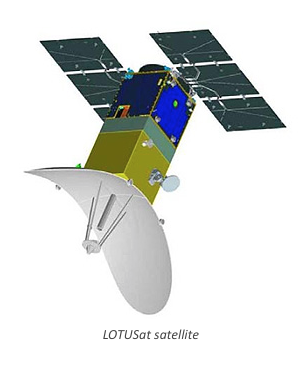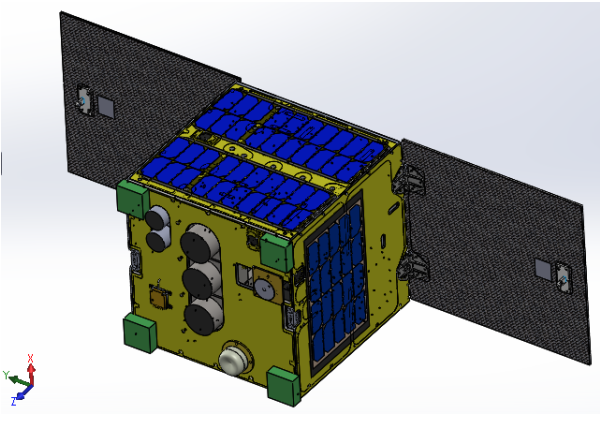
Pham Anh Tuan, general director of the Vietnam Space Center said at a technical handover ceremony at Nha Trang Observatory that Vietnam is going to launch satellites designed and made by Vietnamese.
According to Nguyen Duc Cuong, chair of the Vietnam Aerospace Association, there are two kinds of satellites Vietnam needs to launch – geostationary telecommunication satellite (aerial stations to relay telecommunications) and remote sensing satellites (that serve weather forecasting and environmental monitoring).
Vietnam created Pico Dragon, a tiny satellite with the weight of one kilogram, which was launched into orbit in a cooperation program with Japan. The satellite could fly for a certain time and transmit signals to Earth, which is an initial achievement for Vietnam.
The Vietnam Space Center, with support from Japan, is going to create nano satellites with the weight of 10 kilograms.
Also under cooperation program with Japan, Vietnam will make MicroDragon satellite, 50 x 50 x 50 cm, weighing 50 kilograms. The bigger the satellites are, the more functions they can have and the longer they can ‘live’ in orbit.
MicroDragon will undertake the task of observing coastal waters to assess water quality, locate fisheries resources and monitor changes in coastal waters to serve the aquaculture sector.

MicroDragon satellite (Source: VNSC)
For now, Vietnam is focusing on making LOTUSat-1 and LOTUSat-2 in accordance with advanced radar technology.
LOTUSat-1 weighs 600 kilos, or nearly 12 times heavier than MicroDragon, and has the size of 1.5m x 1.5m x 3m, which can exist in space for five years.
Using radar technology, it will be able to take pictures in all weather conditions and discover objects on the Earth’s surface which have the size of one meter or bigger.
LOTUSat-2 will be made in Vietnam under the guidance of Japanese specialists.
“It will take 7-8 years to make LOTUSat-2, while LOTUSat-1 will be launched into orbit in one or two years,” Cuong said.
No country in the world makes all satellite components from A to Z. Satellite manufacturers collect separate components and accessories in the world market and integrate them. As for rockets to launch satellites, Vietnam has many options for leasing rockets from Russia, the US, UK, France, India and China.
The launching into orbit alone is a complicated procedure. While remote sensing satellites need to be launched to a height of 600 kilometers, telecommunication satellites are launched to a height of 36,000 kilometers.

